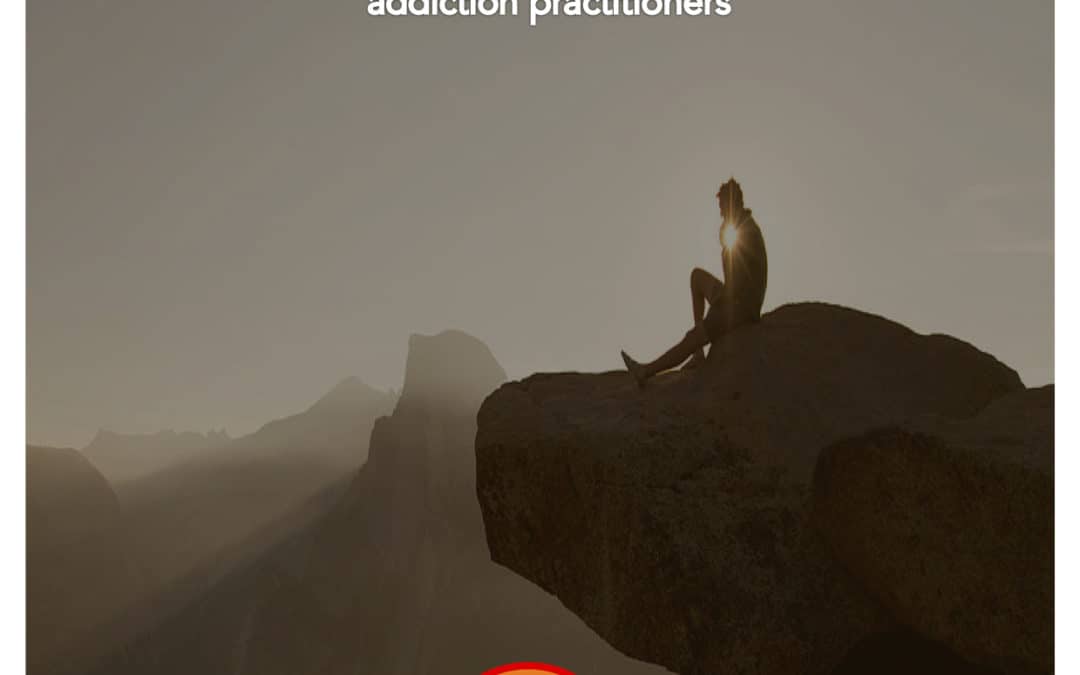 Mindfulness is awareness, cultivated by paying attention in a sustained and particular way: on purpose, in the present moment, and nonjudgmentally. This post is about how to develop a formal and informal practice. More so, it’s about understanding the differences.
Mindfulness is awareness, cultivated by paying attention in a sustained and particular way: on purpose, in the present moment, and nonjudgmentally. This post is about how to develop a formal and informal practice. More so, it’s about understanding the differences.
You struggle, I struggle, and we can all give up, as life takes over. Mindfulness can feel like a task, rather than a return home. Like taking your medicine, rather than eating something delightful. At the beginning of starting your practice, you might find it to be a challenge to find the time to be.
Formal practice: A formal practice is what is has traditionally been called a “meditation.” It entails setting aside the time to do nothing but sitting and being, or meditating. In this state of sitting, you may practice a Body Scan, Simple, or Energetic Breathing, Tagging Emotions or Thoughts, or Focus and Awareness of your environment. With a formal practice, you may take between one minute and many hours. A formal practice can be done in four body positions: sitting, standing, walking, and lying down.
Informal practice: Is how we apply mindfulness or compassion to our everyday lives. With an informal practice, we focus intensely on the sensations that arise in each situation that we find ourselves in. When eating, we focus on sight, smell, taste, touch, and maybe even sound to anchor us in the present moment. We might also become aware of emotions or thoughts arising in the moment. When walking we walk, mindful of the feel of the ground, the path ahead, the surroundings when crossing the street, the people we see, the places we pass.
The basic instructions are the same for both formal and informal practices:
- Become aware of the present-moment experience (“to know that you know”).
- Once we notice that our attention has wandered off, gently redirecting our attention to the new present moment.
- Be aware of the breath and the body, always returning when we find our thoughts have gone elsewhere.
Give yourself time to just be who you are every day. By not getting lost in our task list a deeper perception and recognition arises. It’s an experience of choice, rather than an automatic pilot. Usually, we are on autopilot going through the motions of whatever we are doing, such as eating, driving, even talking. At the same time, we are lost in thoughts, and the mind is busy with either rehashing the past or rehearsing the future. In this way, we are missing our life as it unfolds moment by moment.

